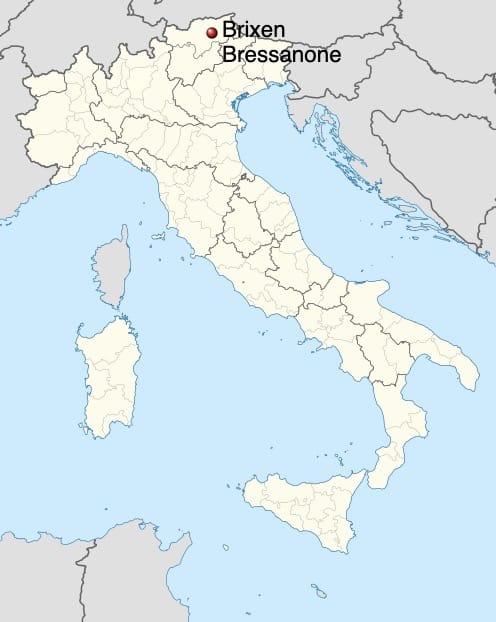Maria Hueber
Our Foundress

Maria Hueber was born on 22 May 1653 in Brixen, in the South Tyrol region of today’s northern Italy. The youngest of five children of Nicholas and Anna Tapp, she grew up in very modest circumstances. Her father went to war soon after Maria’s birth and never returned. At times, her mother had to put her into care. Remarkably, however, her mother taught the young Maria to read. Intelligent and inquisitive, she taught herself to write.
At a young age, Maria had to help her mother with the sewing to support the family. She soon left home to work as a nanny in nearby Bolzano and later as a housekeeper in slightly further afield in Brixen, in the Italian Alps, and in Innsbruck and Salzburg, in Austria. She cultivated a close relationship with God, was sensitive to the needs of the times and sought to discern and fulfil God’s will “without delay”.
Contact person for many women and men

At her workplaces in Bolzano, Bressanone, Innsbruck and Salzburg, she almost always found favourable working conditions. Her employers recognised her potential and promoted her. It is also noteworthy that the young woman had travelled a great deal for her time, and was therefore probably also skillful and confident in dealing with people. Her deep spirituality, combined with a practical, vital and creative approach to work and a realistic view of the world, opened many doors and many hearts for her.
Even at a young age, she was considered an important contact for many noble, secular and spiritual people in the country. Women, in particular, sought her advice, instruction and guidance. Among her protégés were noble nuns of the Innsbruck Servitinnen convent, but also representatives of the noble family of Enzenberg. It is clear that Maria Hueber had a remarkable intuition, knowledge of human nature and far-sightedness; she often accompanied women and men for decades, even in existential crises. Impressed by the Franciscan ideal, she joined the Third Order of St. Francis at the age of 24.
Opening of the first girls’ school
At the age of 47, together with her companion Regina Pfurner, she opened the first free girls’ school in Tyrol in a rented flat in Brixen near the Church of St Clare. We are in the dark about the exact circumstances, because contemporary sources are not explicit about the exact course of events. However, this does not detract from the magnitude and innovation of the school. This small, manageable educational institution for destitute girls was something completely new. Previously, only school owners had taught boys, and always for a fee. The fact that girls from the lower classes were also learning to read, write and calculate was a novelty in the country. The educational concept was well thought out, as evidenced by the fact that ‘fine handicrafts’ was included in the curriculum. The girls were to learn mending, knitting and embroidery so that they could later earn a living as seamstresses. By teaching these skills, the women not only gave the girls an education, but also a perspective on life, enabling them to lead self-determined, independent lives.
Insight into the life of faith of Maria Hueber
But the girls’ school was not Maria Hueber’s only pioneering achievement. Alongside the school, she also founded a religious community with an innovative format. In January 1701, she and her companion Regina Pfurner began a monastic life according to the Rule of the Third Order, laying the foundation for the community of the Tertiary Sisters of St Francis. The Franciscan-influenced sisters were to be uncompromising in their adherence to Franciscan values, to lead a simple life, a life deeply connected to God, and to use their intellectual and emotional abilities in educational work.
Maria Hueber categorically rejected the hierarchical differences based on origin, education and dowry that were common in other religious communities. In handwritten letters to her spiritual director (companion), she described her spiritual experiences and gave deep insights into her soul. Her absolute trust in God’s unconditional love and guidance seems boundless when she writes: “I firmly believe that without God I cannot encounter anything good, sweet or sour. Praised be God for all eternity!” (Letter 3)
Her spirituality is characterised by a certain down-to-earthness: Her image of God––contrary to the ecclesiastical dictates of the time––is full of positive connotations, her inner dialogues with Jesus as a child or as the Crucified reflect her impartial relationship with her God, whom she experienced as a loving, caring friend. An almost partnership-like relationship suggests that Maria Hueber’s prayer life was not constrained by rules, but strengthened her character and encouraged her charitable commitment. Relationships were the connecting link of her life, with God, with her sisters, with distant friends, with various acquaintances, and certainly with herself, for throughout her life she was intent on standing up for her principles and ideals.
The call to sanctity and the beatification process
Maria Hueber died in Brixen on 31 July 1705 and was buried, at her own request, next to the Church of the Poor Clares in Brixen. The numerous reports of answers to prayers only confirm what was already visible and tangible during her lifetime: Maria Hueber inspired people of all social groups and classes with her charismatic and radiant personality, her authentic prayer life and her social and charitable commitment. The Diocese of Bolzano-Bressanone carried out the process of information for the beatification of our Mother Beginner, Maria Huber between 1996 and 1998. The beatification process is now continuing in Rome. On 19 March 2019, Pope Francis gave the mandate to the Congregation for the Causes of Saints to prepare the Decree “VENERABLE”.
For the beatification of our Foundress, we still need a definitive miracle to be confirmed by the Vatican after a thorough investigation.
Please send answers to prayers to: [email protected].
